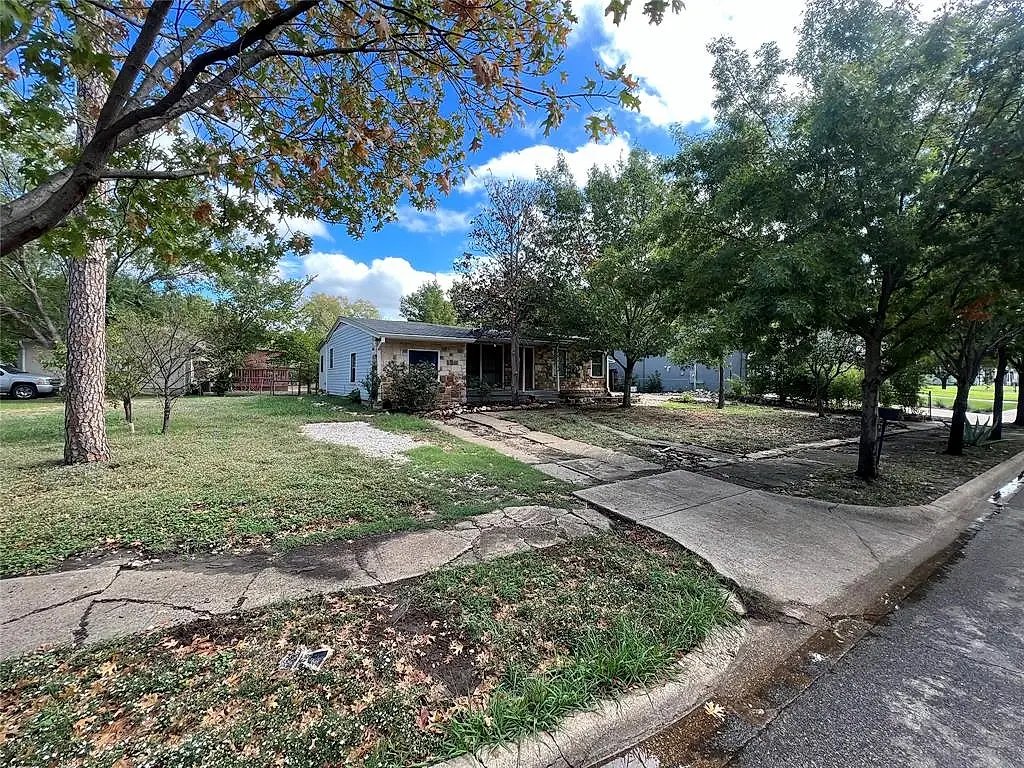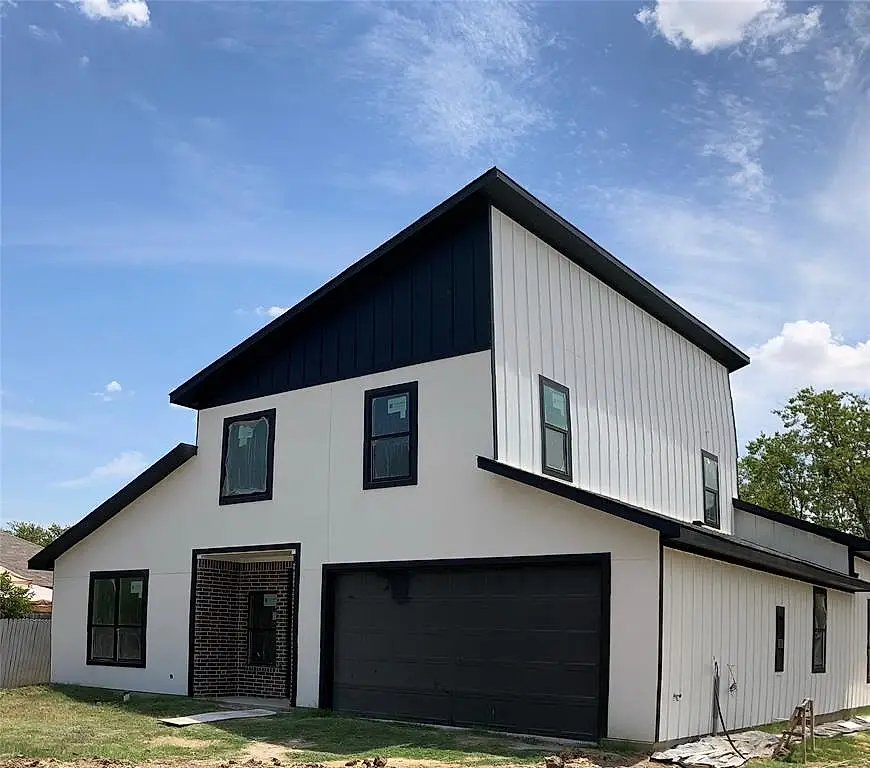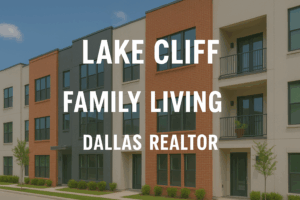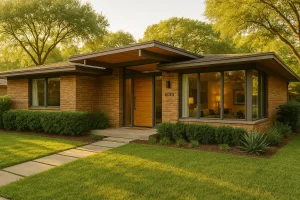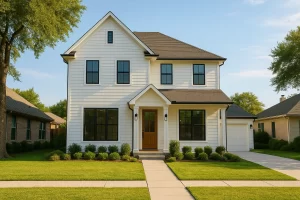Introduction to High Cost Living Dallas
Dallas, Texas, is located within the Dallas-Fort Worth metroplex. High Cost Living Dallas reflects a cost of living that is 3% higher than the national average and 11% higher than the state average. This means residents in Dallas face higher expenses for daily necessities compared to the rest of the country. The median per capita income in Dallas is $37,719. This indicates the income levels that residents must manage against these higher living costs.
One key aspect of the cost of living in Dallas is the average annual childcare costs. These costs can vary based on different factors. For households with children, this is an important consideration when budgeting and managing expenses in the city. Understanding the overall cost of living in Dallas is crucial. It helps residents make informed financial decisions and navigate the challenges posed by rising living costs.
Factors Contributing to High Cost Living Dallas
Various factors contribute to the rising living costs in Dallas. These impact the financial stability of its residents. For example, the average cost of utilities in Dallas is 14% higher than the national average. This adds to the overall expenses that residents must bear. Additionally, healthcare services in Dallas are priced 12% more than the national average. This makes healthcare a significant financial consideration for residents. These higher costs for essential services strain individuals and households trying to balance their budgets in Dallas.
Moreover, rising consumer prices and inflation cause stress for Dallas residents. 52% express high levels of stress about inflation compared to 47% nationwide. This indicates the added financial pressure that residents in Dallas are facing. Understanding these contributing factors is essential in addressing the challenges posed by the increasing cost of living in the city.
Impact on Dallas Residents’ Financial Stability
Rising living costs and inflation significantly affect the financial stability of many Dallas residents. As cities like Dallas become less affordable, maintaining financial comfort becomes challenging. Hispanic residents in Texas report higher inflation stress compared to non-Hispanic white residents. This disparity highlights the need for targeted support and solutions.
Affordability challenges in Dallas are not uniform. Home prices in Dallas County have more than doubled in the last decade, contributing to these challenges. The lack of affordable housing options for all income levels in the Dallas-Fort Worth area is a major issue. Many residents are priced out of homeownership. Addressing the root causes of rising living costs is crucial. Ensuring the financial stability and well-being of all Dallas residents depends on it.
Challenges in High Cost Living Dallas
The surge in home prices within Dallas County has been staggering. Costs have more than doubled in the last ten years. This spike in real estate prices has significantly contributed to the affordability crisis. Many potential homeowners are forced out of the market and into the rental sector, where prices are also rising. Low- to moderate-income households are finding it increasingly challenging to secure stable and affordable housing. This impacts their overall financial well-being and quality of life.
Rising housing costs are compounded by stagnant wages in the region. This makes it even more difficult for residents to keep up with escalating expenses. The disparity between income levels and housing prices has created a challenging scenario. Many Dallas residents spend a substantial portion of their earnings on rent or mortgage payments. This leaves little room for savings or other essential expenditures. Financial strain affects immediate financial stability and hampers future planning. Investing in long-term goals, such as education or retirement, becomes challenging. The combination of soaring housing costs and limited income growth poses a significant obstacle. Achieving financial security and prosperity for many households in Dallas is becoming increasingly difficult.
Affordable Housing Solutions and Resources in Dallas
Soaring housing costs in Dallas have had a profound impact. The median home value and rental prices have significantly increased. Over the last decade, home prices in Dallas County have more than doubled. This surge presents substantial challenges for prospective homebuyers, especially those with lower incomes. Many residents are priced out of homeownership, seeking alternative housing solutions. Organizations like Dallas Area Habitat for Humanity bridge the gap. They offer affordable housing opportunities and vital support to low- to moderate-income households.
The lack of affordable housing options has worsened the housing crisis in the Dallas-Fort Worth area. Residents find it increasingly difficult to secure suitable and reasonably priced accommodation. Many individuals and households face financial strain and uncertainty due to high housing costs. Initiatives by organizations like Dallas Area Habitat for Humanity are crucial. They provide a pathway to stable and affordable homeownership. These efforts ensure individuals and households can secure a safe and sustainable place to live. This avoids financial overwhelm from exorbitant housing expenses. Such initiatives offer practical solutions to affordability challenges. They contribute to the well-being and stability of Dallas residents. Creating a more inclusive and supportive housing environment is essential.
Effective Strategies for Managing High Cost Living Dallas
Facing rising living costs in Dallas requires adopting effective strategies for financial stability. One practical tip is to monitor and track all expenses. This helps identify areas where costs can be minimized or eliminated. For example, by scrutinizing monthly bills and subscriptions, individuals can find non-essential expenses to cut. This saves money and redirects funds to more critical areas.
Limiting housing expenses to 25% of income is also recommended to prevent financial strain. For a household of four in Dallas, average monthly living expenses amount to $4,645.30. Keeping housing costs within this threshold can free up funds for necessities like healthcare, education, or savings. Seeking advice from financial professionals, like SEC-regulated advisors, can provide valuable insights. They can offer advice on investment opportunities, tax-saving strategies, and long-term financial planning. These proactive steps can empower Dallas residents to navigate the challenging economic landscape and secure their financial well-being.
Conclusion: Addressing the Impact of Rising Living Costs
Dallas residents are feeling the financial strain from rising living costs. Consequently, this surge has increased the demand for affordable housing. Organizations like Dallas Area Habitat for Humanity are stepping in to help low- to moderate-income households. Furthermore, the median home value and rent prices in Dallas have risen significantly. As a result, it is now one of the most expensive metro cities in the U.S.
Therefore, effective strategies for managing living expenses are essential. For instance, residents can track expenses, limit housing costs to 25% of income, and seek financial advice. Additionally, public transportation options like DART provide a cost-effective way to commute. This eases the financial burden on residents navigating through the city. With elevated inflation and the end of pandemic-era support programs, vulnerable groups in Texas face increased financial pressures. Ultimately, the resilience of Dallas residents in managing these challenges will be crucial.


